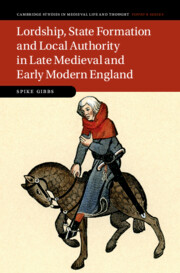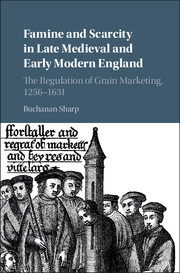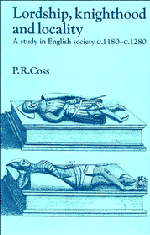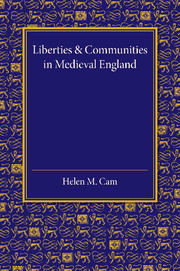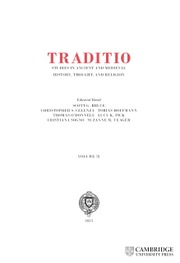Lordship, State Formation and Local Authority in Late Medieval and Early Modern England
Providing a new narrative of how local authority and social structures adapted in response to the decline of lordship and the process of state formation, Spike Gibbs uses manorial officeholding – where officials were chosen from among tenants to help run the lord's manorial estate – as a prism through which to examine political and social change in the late medieval and early modern English village. Drawing on micro-studies of previously untapped archival records, the book spans the medieval/early modern divide to examine changes between 1300 and 1650. In doing so, Gibbs demonstrates the vitality of manorial structures across the medieval and early modern era, the active and willing participation of tenants in these frameworks, and the way this created inequalities within communities. This title is part of the Flip it Open Programme and may also be available Open Access. Check our website Cambridge Core for details.
- Takes a longue-durée approach which considers the continuities and changes across the medieval and early modern era
- Presents new evidence by drawing largely from previously untapped archival records across England
- Contributes significantly to existing historiographical debates
Reviews & endorsements
‘Gibbs’s book is a fascinating guide to manorial governance in the Middle Ages and early modern period, and one which suggests numerous avenues for future research by social and administrative historians.’ Jonathan McGovern, Journal of British Studies
Product details
July 2023Hardback
9781009311830
304 pages
235 × 158 × 21 mm
0.56kg
31 b/w illus. 4 maps 11 tables
Available
Table of Contents
- Introduction
- 1. The changing role of manorial officers and manor courts
- 2. Manorial officeholding and selection processes: participation or restriction?
- 3. Manorial officeholding and unfreedom
- 4. Manorial officeholding and village governance: misconduct and landscape control
- 5. State formation I: the parish
- 6. State formation II: vills, quarter sessions and constables
- Conclusion
- Appendix 1: Categorising presentments
- Appendix 2: Identifying individuals
- Appendix 3: Population estimates.

